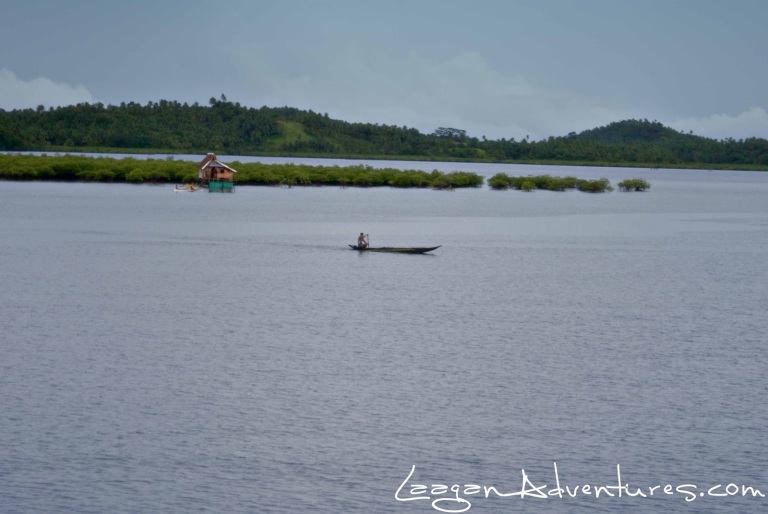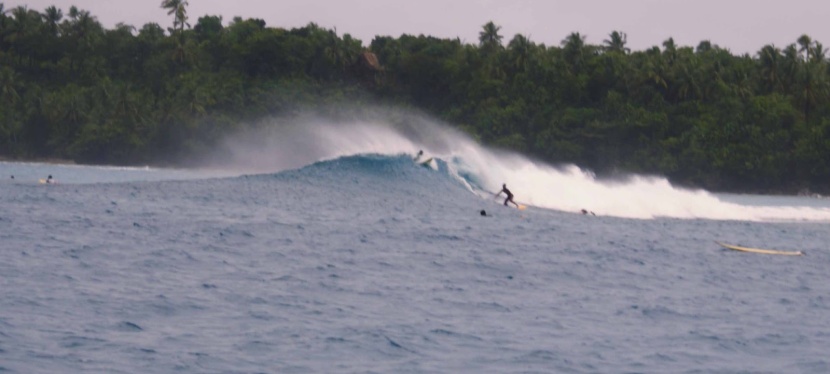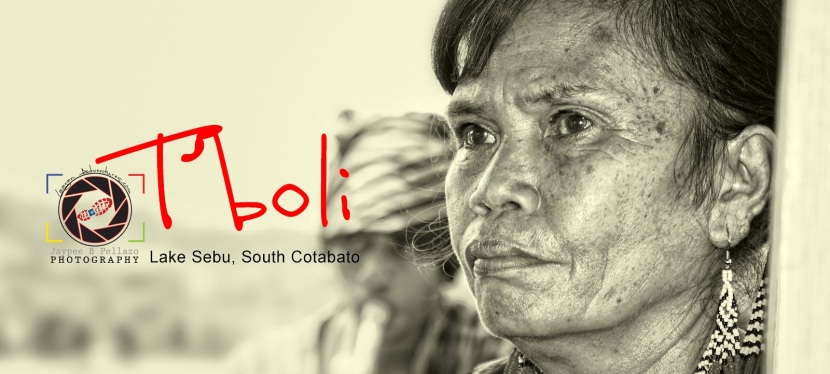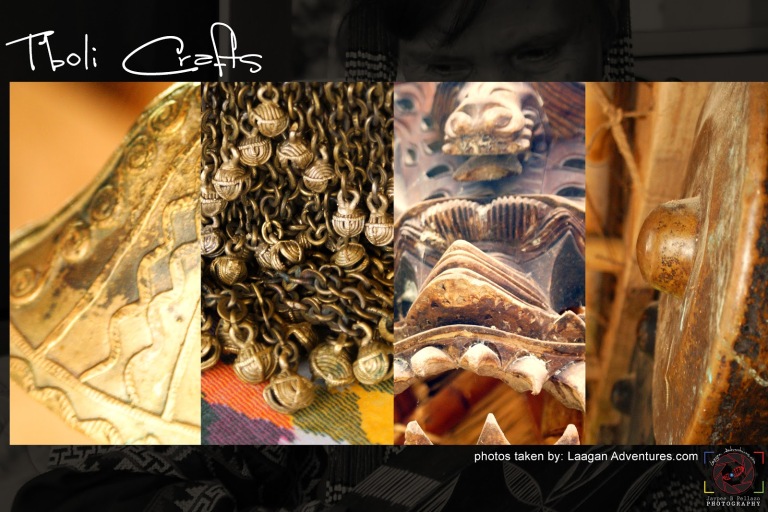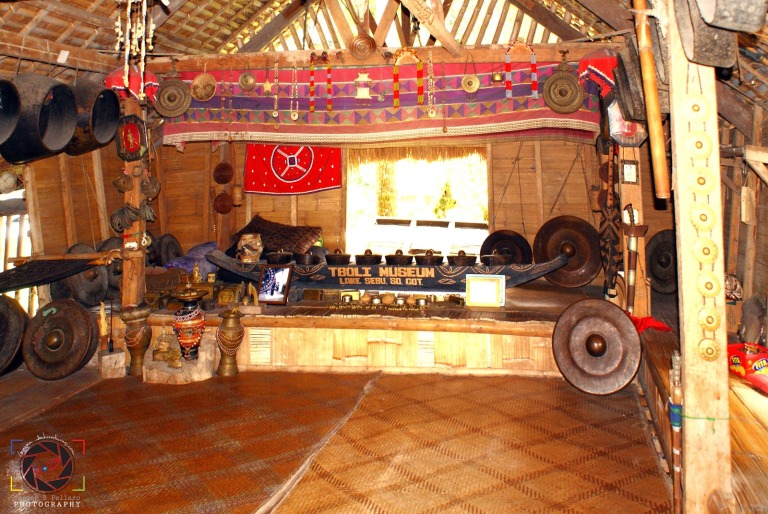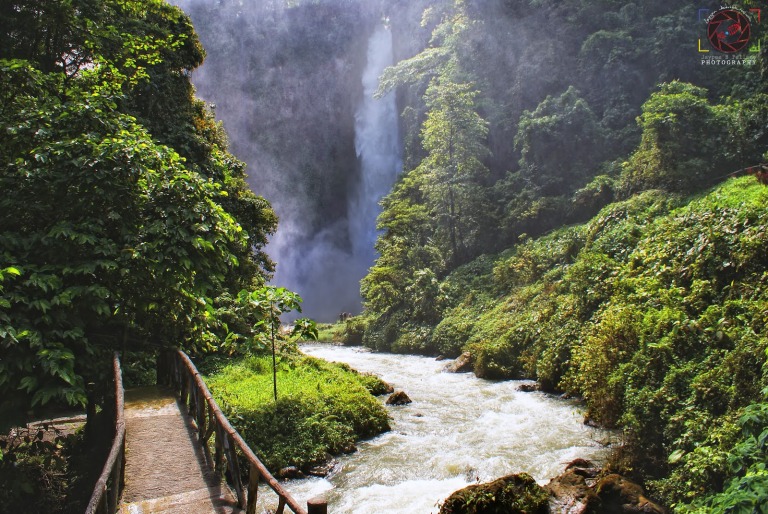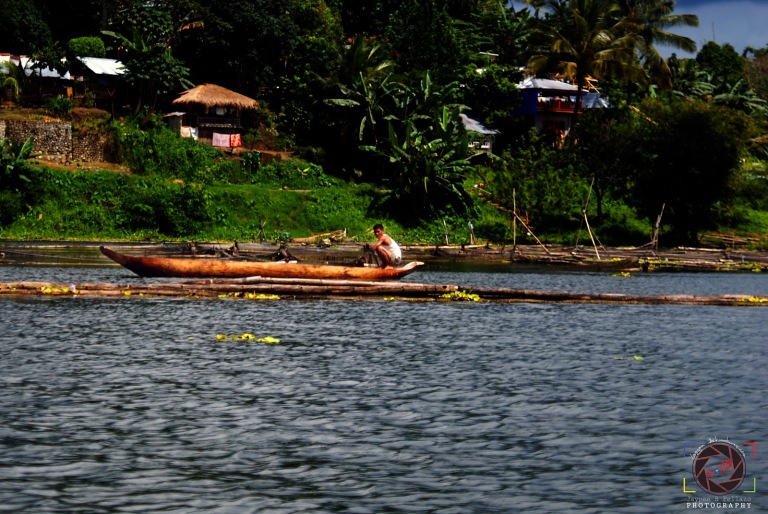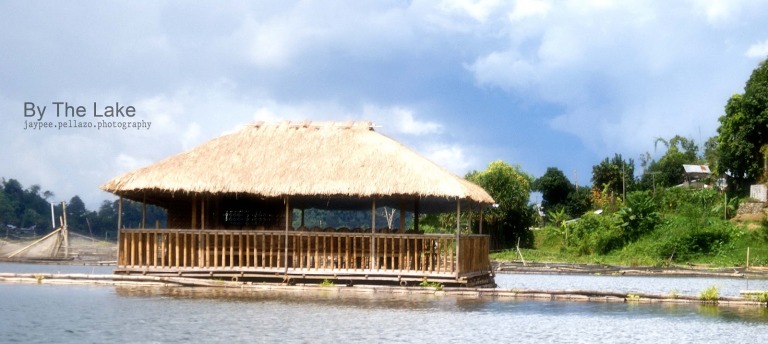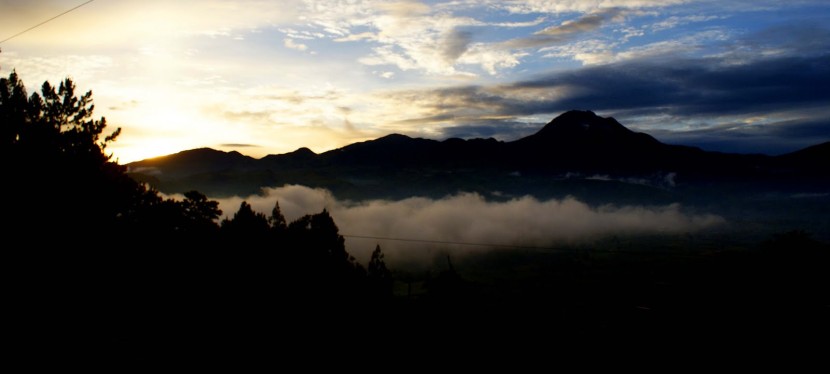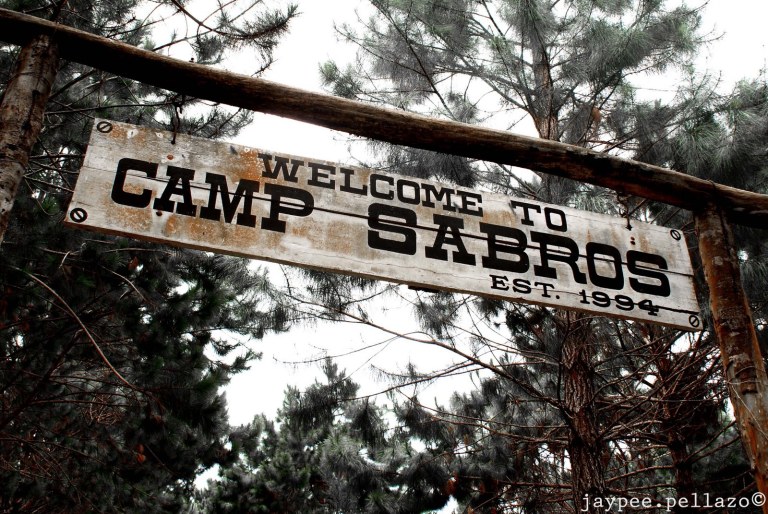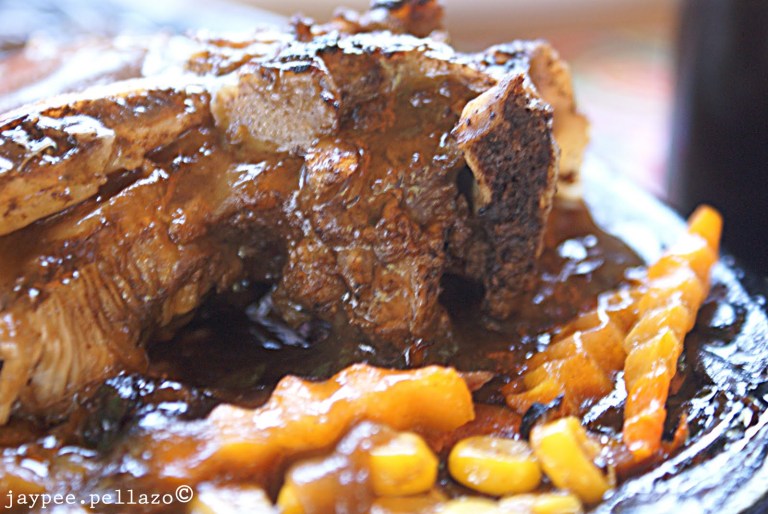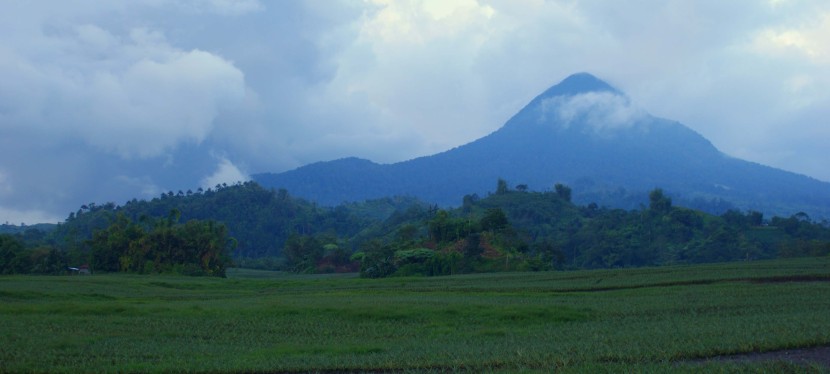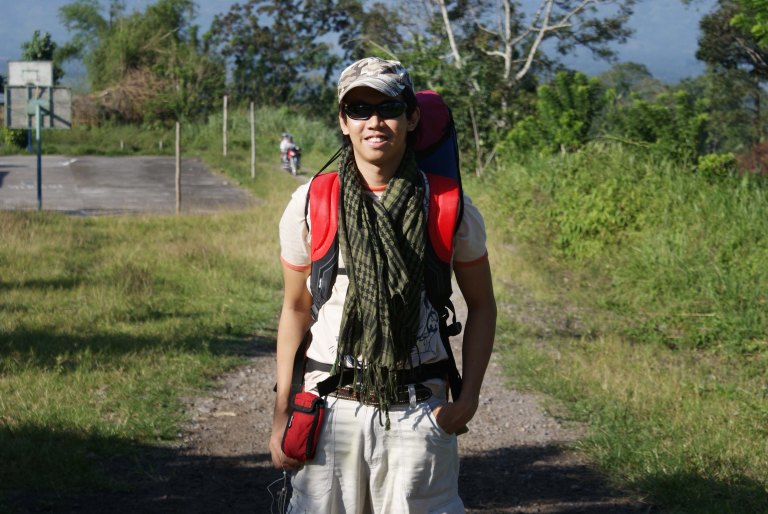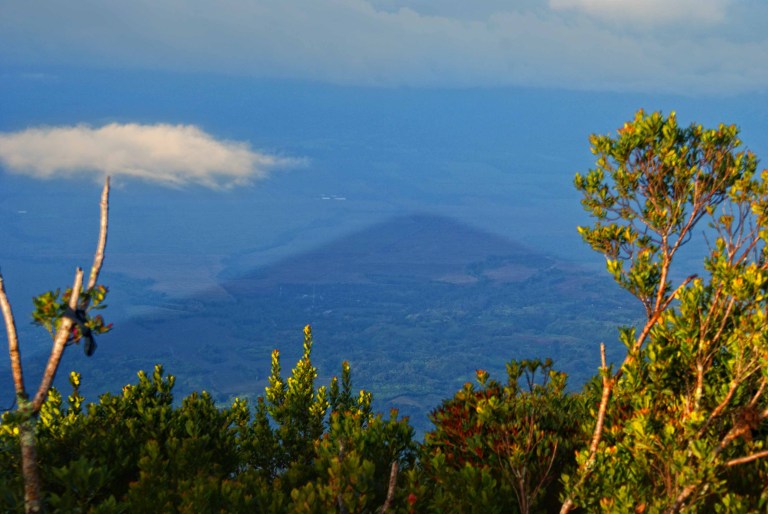Before those self-proclaimed #influencers are demanding for free accommodations at some resorts in exchange of a feature, Siargao Island has already established its name on the map of the “most beautiful places to go to before you die”. Re-posting my Laagan Adventures post about this paradise almost 9 years ago. 😊
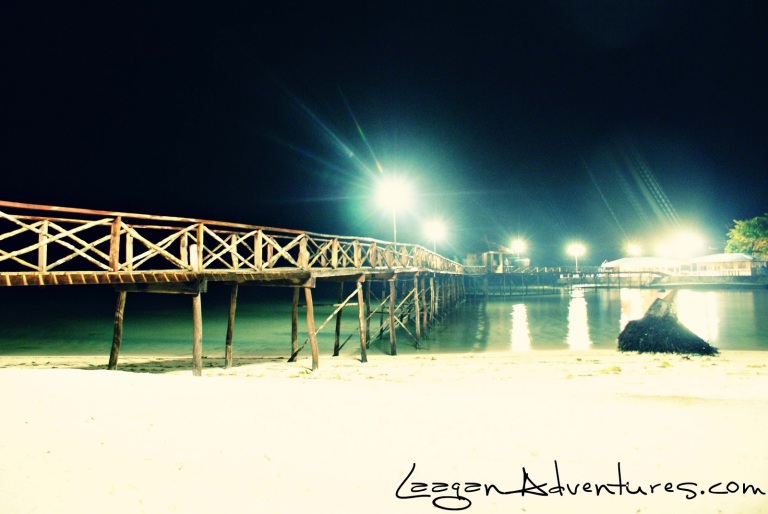
Date: Nov. 10, 2010
The 14-hour travel by land and sea from General Santos City paid off the time we stepped on Dapa Port (RORO gateway to Siargao Island). I was just reading feature articles about Siargao Island before, but now, I will be an addition to those people who are proud to have reached this Cloud 9 destination.
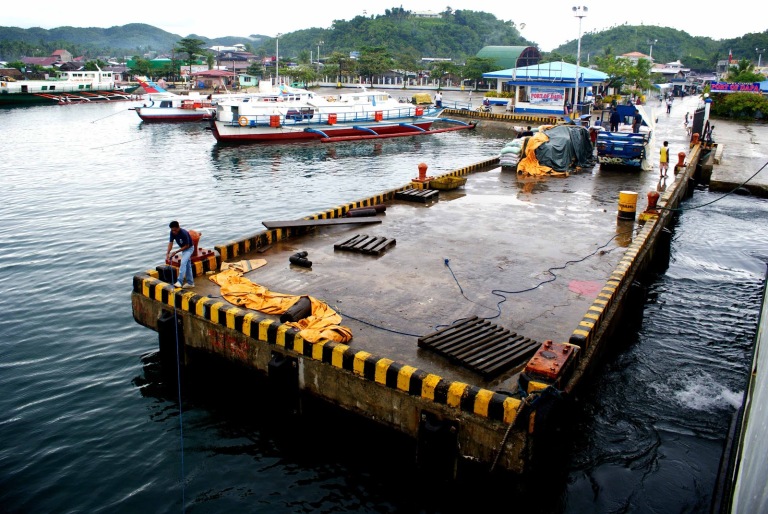
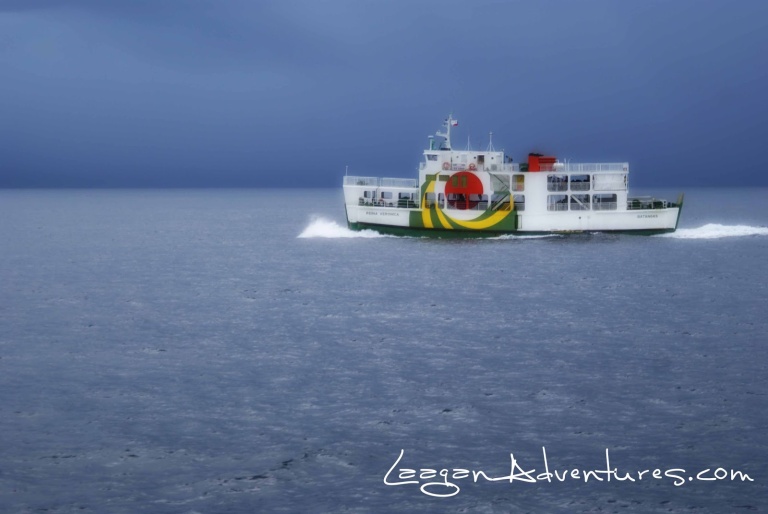

Siargao is composed of 8 municipalities. We stayed overnight in General Luna where the famous Cloud 9 waves are just about a mile away. The island has gained a reputation as the Philippines’ Surfing Capital because of Cloud 9. This right-breaking reef wave is the site of the annual Siargao Cup, a domestic and international surfing competition sponsored by the provincial government of Surigao del Norte.

We stayed at Ronaldo’s Inn and Restobar. Among the resorts in General Luna, I should say, Ronaldo’s Inn is the cheapest. But despite its low room rates, it still provides its patrons the comfort of an island getaway.
2019 Update: The resort has improved over the years, but their rates are still one of the cheapest and worth a penny especially for those who are in big groups. Check out their facebook page for details.
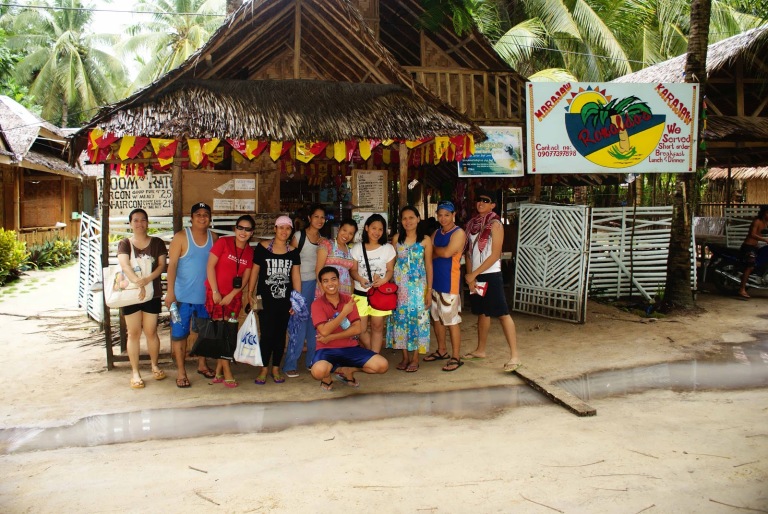
Aside from the surfing stuff, some shops in General Luna also offer island hopping trips recommended for those who just want to relax on the sand bars of the neighboring islets. They have a 16-hp motor island boat that can accommodate at most 20 passengers. It was an offseason when we went to Siargao, so we were able to negotiate their island hopping rate to as low as Php 2,500 for 3 Islands (Naked Islet, Dako Island, and Guyam Islet).
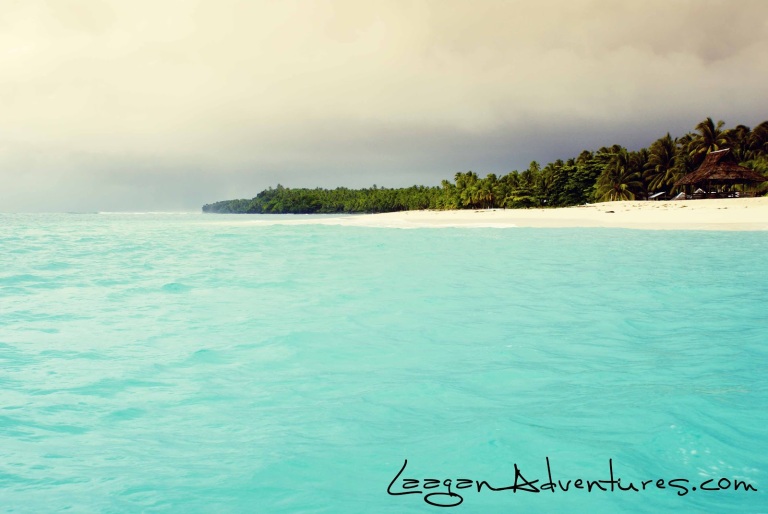
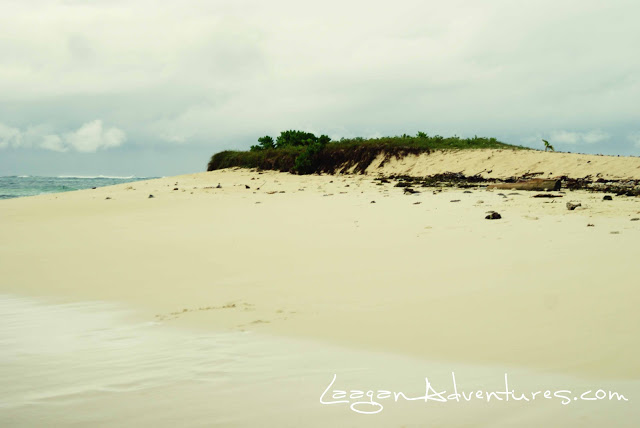

Siargao Island contains the largest mangrove forest reserves in Mindanao, at Del Carmen. Long stretches of wetlands indicate a potential for commercial seaweed propagation. Siargao Island is greatly influenced by the winds and currents coming uninterrupted from the Pacific Ocean, intensified by the Mindanao current running westward through the Siargao Strait. (…excerpt from Wikipedia)
